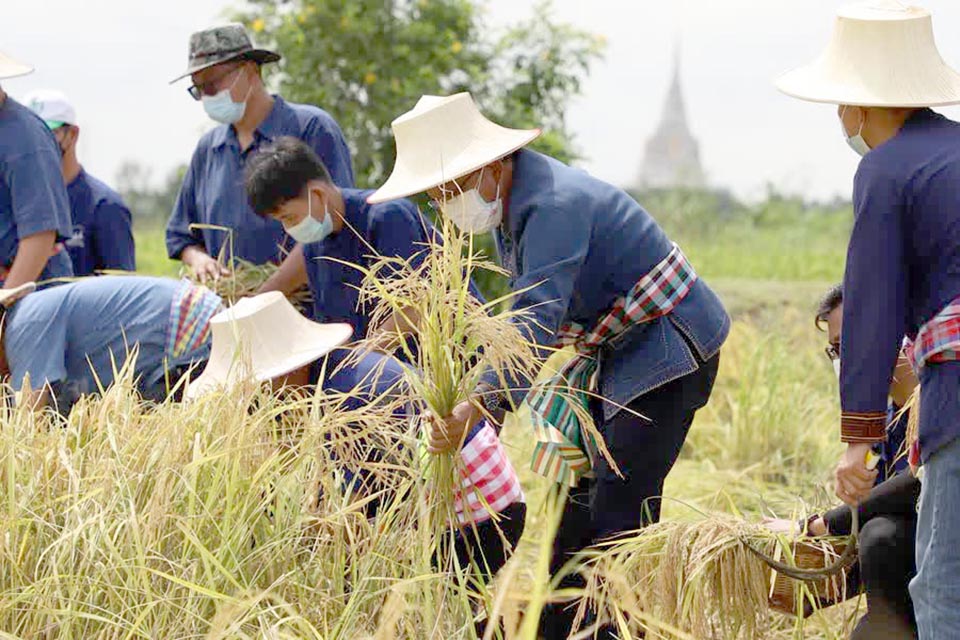
The caretaker prime minister has been closely monitoring a program intended to encourage rice farmers to adopt higher-quality rice seeds. The program is poised to benefit some 200,000 farming households and produce 2.6 million tons of superior unhusked rice this year.
Government Spokesperson Anucha Burapachaisri shared that the Rice Department, community leaders, and community rice centers are actively motivating farmers to switch to better quality seeds. The aim is to enhance rice yields per rai and strengthen the competitiveness of Thai paddy farmers in the global market.
The plan involves the distribution of 50,000 metric tons of rice seeds across Thailand to about 200,000 farming households. These seeds will cover a cultivation area of 3.91 million rai, anticipated to yield 2.6 million tons of high-quality unhusked rice.
Anucha further explained that the farmers participating comprise those who have not previously altered their choice of rice seeds. As part of the scheme, each rai of cultivated land will receive 15 kg of seeds, with each household to be allocated enough seeds to cover a cultivation area of 30 rai, or about 450 kg of seeds.
The spokesperson also highlighted the financial benefits of the program, noting that the farmers involved have been able to command higher prices for their unhusked rice due to its improved quality meeting market demand.
Reflecting on the government’s priorities, Anucha said Prime Minister Gen Prayut Chan-o-cha places significant emphasis on agriculture and farmers. He added that the premier aims to strengthen the agricultural sector in order to improve farmers’ quality of life and income.
In line with this vision, the government has consistently introduced beneficial programs for farmers and rice growers, such as large-plot farming schemes, the use of advanced farming technology, the implementation of geographical indicators, and the provision of financial aid to support farmers. (NNT)





